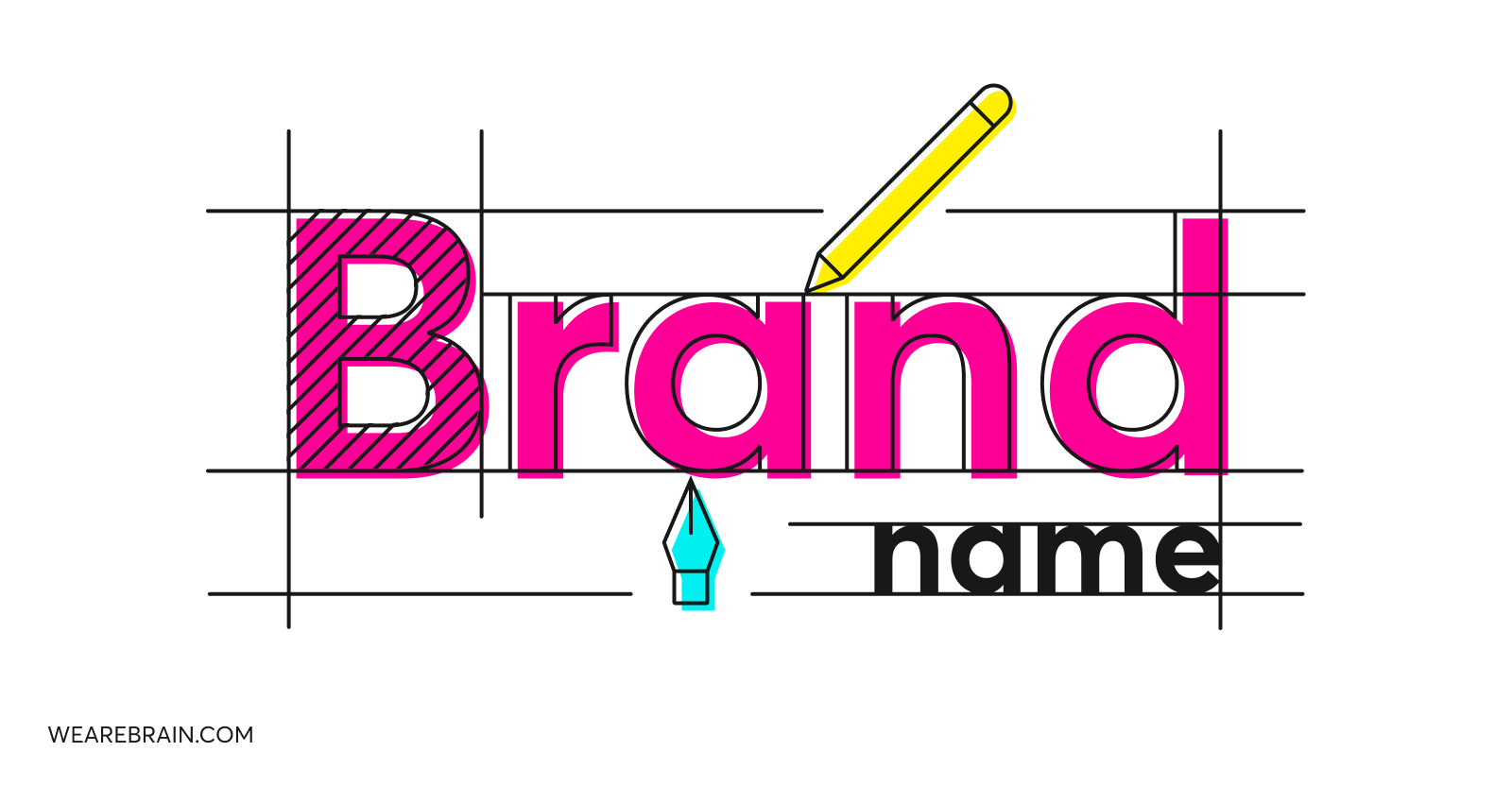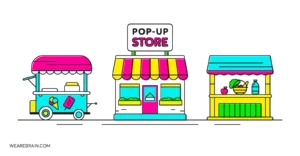Why your brand name is essential

When it comes to branding and naming your company or the products that you offer within your brand stable, the names you choose represent so much more than a way to identify you from your closest competitors.
Your brand name is what a person judges you on first when they come in contact with your products. And it might surprise you to know what people deduce from your name alone. Consumers are very likely to make a split-second judgement on your product’s quality, range and pricing category. That’s pretty significant and while pricing generally has the most influence on purchasing decisions, you could be ruled out entirely because of your name. We’re not just referring to the lowest price – highest quality category. This is also true for those looking for high-end designer products. If your name suggests luxury (and that’s the sector you want to play in) then a lot of the battle is fought and won with your name.
Names that become verbs
I think you’d be hard-pressed to find a person today that hasn’t uttered this sentence. Incredibly, there are several brands globally that have marketed themselves so well that not only have they managed to become household names, people use their brand name to describe what they’re doing. Aside from Google, one of the most well-known brand names that have become a verb is Photoshop. The truth of the matter is that image manipulation didn’t start with Photoshop, it has been a common practice for decades. However, in the early 2000s Photoshop started to become a verb when publications like Wired, The New York Times and The Wall Street Journal utilised the term in articles.
We mentioned these phenomena to specifically emphasise how a well-thought and strategically marketed brand name could launch you into the collective consciousness. Ultimately giving you a monopoly over the market. Photoshop is our prime example because the rule of thumb is that you don’t have to be first to market, you just need to be smart with your messaging and marketing.
What makes a good name?
Several factors go into a good brand name and it’s important for entrepreneurs and start-ups to think carefully about how to bring their company and products to life. Lucky for you, there are guidelines that help you with creating your next product or company name.
- Keep it simple – making your brand name long and complicated won’t help with consumer recall. It’s also very likely that people may not remember your name well enough when they Google you (see what I did there? 😉 )
- It must be catchy – there are several brands with made-up names like Ikea and Xerox that have become very popular and usually, it’s because they’re catchy. Using alliteration is one of the best ways to do this. Think: Dunkin Donuts, PayPal, Lulu Lemon and Coca-Cola
- It tells your company story –it may be a short story but it’s a good way to let people know what you’re all about. For example, did you know that Nike got its name from the Greek Goddess of Victory. Or that Durex is taken from the words Durable Reliable Excellence.
- Make people feel something – an evocative brand name can have a competitive advantage. Not only does it make you instantly recognisable but it also helps you connect with the consumer on a more emotional level. Victoria’s Secret makes you feel curious while Innocent makes you think of purity and something that’s unspoilt.
How to find your perfect name
With this checklist in mind, we recommend that you go about developing all your brand elements; vision, mission, values and tone of voice before you’ve even settled on a name. As we mentioned in a previous article on developing your brand voice and tone, tackling these very important brand exercises will help you determine what you’re trying to achieve, how you plan on achieving it and what kinds of values are important to you as a business. Once you’ve done this, developing a brand name that works for your business or product becomes that much easier. Choices are no longer subjective as you’ll be able to measure them against your brand principles and personality and see if they match.
Brainstorm time
Once you’ve worked out what your brand sounds like, get your team together and have a good old brainstorming session. Some exercises to consider for your brainstorming session could include performing a word dump. Let your team free-associate words that they believe represent the product and the company ethos. You can also look at alternate spellings for words, like Froot Loops or Rice Krispies have done quite successfully. Interestingly, many brands targeted at children will use phonetic spelling in their names to allow for their young brand fans to recognise them more easily.
Other ideas would be to create a mood board that is the visual representation of what your brand does or use an old favourite – get your thesaurus out. You may find a word that explains what you do in a catchier more exciting way. Say for example you had a store that sold running gear, the word ‘dash’ is a synonym for ‘run’ and could be a pretty awesome brand name.
Practically speaking
One other important but sometimes overlooked part of naming your brand is whether or not the domain is available. A lot of the .com Top Level Domains (TLD) have already been taken so it’ll mean you might need to go back to the drawing board if your URL doesn’t match your name. In the last few years using alternative TLDs like .agency for advertising agencies have become more popular and can give your brand more recognition. This is because you don’t have to have the explanation of what you do in the business name but you can have it included in your URL making you even more searchable. Some of the most popular TLDs in 2021 include:
- .io
- .app
- .ai
- .dev
But you can also use TLDs like .law, .beauty and .shop. Alternatively, you can get really creative and use your TLD to complete your brand name like blogging.guru or arewehaving.fun. So honestly these days the options are endless. Having said that it’s important to note that the whole world is not used to this new trend so you may find people who still add a .com after your bespoke TLD – which means they may never find you. We believe that may change over time but we still recommend that if you do choose to go with this new trend in URL extensions, then try and stick to ones that do give your customers a hint at what you do.
In closing
Your company or product name can catapult you into the public eye if properly thought out and then marketed effectively. While it’s unlikely that any business owner takes the naming of their company lightly, it is after all their baby, you can see that there are strategic ways to ensure that your brand name is more successful. We believe that naming your business or product is one of the most special parts of building your business. The name brings the idea to life which means that it should excite you. As such our final word on this is, you will be pouring all your blood, sweat and tears into your business so make sure you give it a name that you love!
Paula Ferrai
Working Machines
An executive’s guide to AI and Intelligent Automation. Working Machines takes a look at how the renewed vigour for the development of Artificial Intelligence and Intelligent Automation technology has begun to change how businesses operate.







